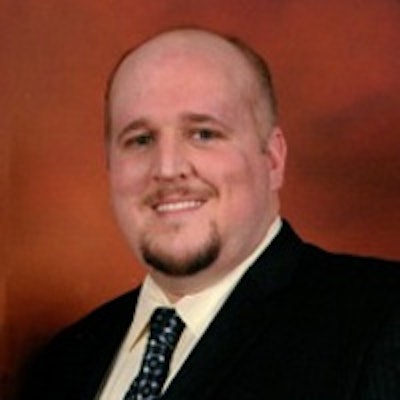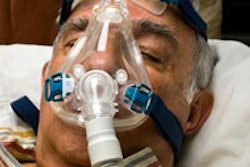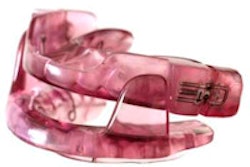
The dental sleep medicine landscape is rapidly evolving: The old protocols no longer apply and barricades to entry and success are disappearing.
The definition of dental sleep medicine, by the American Academy of Dental Sleep Medicine, is that dental sleep medicine is an area of practice that focuses on the management of sleep-related breathing disorders, including snoring and obstructive sleep apnea through the use of oral appliance therapy and upper airway surgery.
 John Nadeau, vice president, Sleep Group Solutions.
John Nadeau, vice president, Sleep Group Solutions.
I've been actively involved in this field for many years and have been privileged to witness an incredible transformation in awareness, standard protocols, and technology integration. Dentists need only visit one of our Dental Sleep Medicine continuing education courses to see the first big change. Years ago, options for even learning about dental sleep were few and far between; now, last year alone we hosted more than 80 training seminars and hundreds of in-office trainings. Now, instead of taking the course because it sounded like an interesting topic, dentists are learning more because patients are coming in and requesting treatment for sleep apnea. The awareness continues to grow every day.
Historic roadblocks also are coming down. It was not long ago that the only protocol to follow involved dentists sending their patient to a sleep lab or a hospital for diagnosis. This posed a problem for many "sleep dentists," as patients frequently refused to follow through with this referral. Additionally, those who did go to the lab frequently ended up being put on continuous positive airway pressure (CPAP), leaving few, if any, patients for the dentist to treat with oral appliances.
Today, these patients are not completely in the hands of a sleep lab. Many dentists are taking advantage of home sleep testing technology and vast networks of board-certified sleep physicians who are able to provide interpretation and diagnosis. Patients with mild or moderate sleep apnea end up with an effective oral appliance therapy very quickly, while those with severe obstructive sleep apnea (OSA) are sent to local specialists for more detailed evaluation. This results in more optimal treatment being delivered faster and at a lower cost to the patient than the historical model. For the dentist, this means no more losing control of a case or having a patient who would have otherwise been a great candidate for oral appliance therapy be offered CPAP instead.
“It was not long ago that the only protocol to follow involved a dentist sending their patient to a sleep lab or to a hospital for diagnosis.”
The dental sleep evolution also includes the clinical aspects of dental sleep medicine. Where there were once only a few FDA-cleared devices to treat apnea, there are now many dozens, each with their own pros and cons. Bite registration techniques and technology have evolved as well. Gone are the days of using a George Gauge and having the patient advance an arbitrary 50% to 70% protrusive and just guessing at appliance position.
Now dentists have the ability to measure the effect of both protrusive and vertical change on the airway using Eccovision airway acoustics to determine optimal therapeutic position. Being able to see patients who will, and will not, respond well to treatment ahead of time has drastically increased case acceptance and clinical success rates with oral appliance therapy while cutting down on appliance titration time.
These changes have helped position dentists as an integral part of a complete medical protocol for the diagnosis and management of sleep-related breathing disorders. I am pleased dentists are no longer practicing a "blind leading the blind" protocol of guessing bite position and then delivering an appliance that may or may not help without any objective way to measure.
One thing that is guaranteed to change is the number of people with sleep apnea. Current research points to increasing obesity rates in the U.S., continuing their climb until they reach a peak in 2030 at a nationwide average of more than 44%. The number of people with OSA will continue to increase right along with it. When teaching about dental sleep medicine every single weekend, we say, "The time has never been better to get involved," and, unfortunately, that statement will also continue to be true as more and more people experience the debilitating consequences of untreated OSA.
John Nadeau is the vice president of Sleep Group Solutions (SGS), a sleep medicine company based in North Miami Beach, FL. An expert on airway acoustic imaging and home sleep testing, he has been actively involved in the dental sleep medicine community since 2002. He has worked with several hundred dentists in the field and helped many of them get started with sleep in their own practices. He has been an invited guest instructor at many dental meetings and teaching facilities across North America.
The comments and observations expressed herein do not necessarily reflect the opinions of DrBicuspid.com, nor should they be construed as an endorsement or admonishment of any particular idea, vendor, or organization.



















